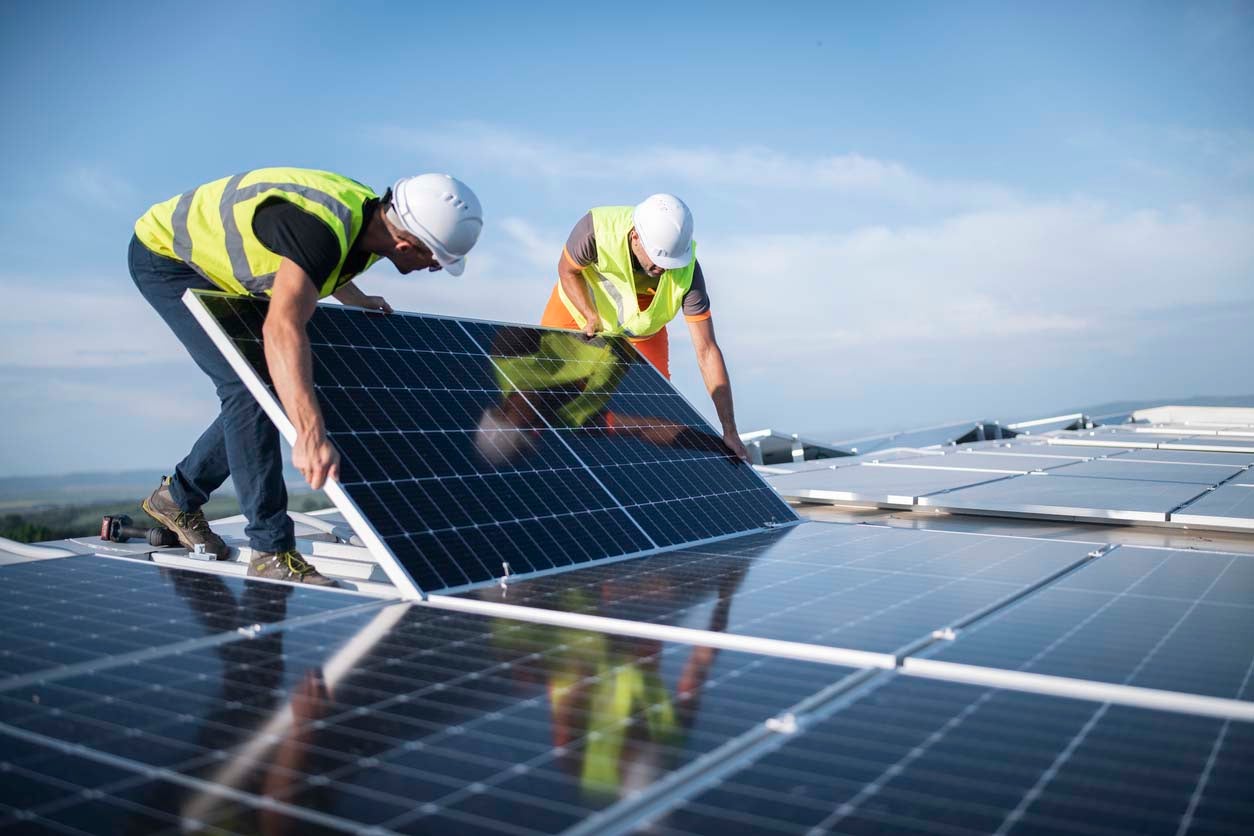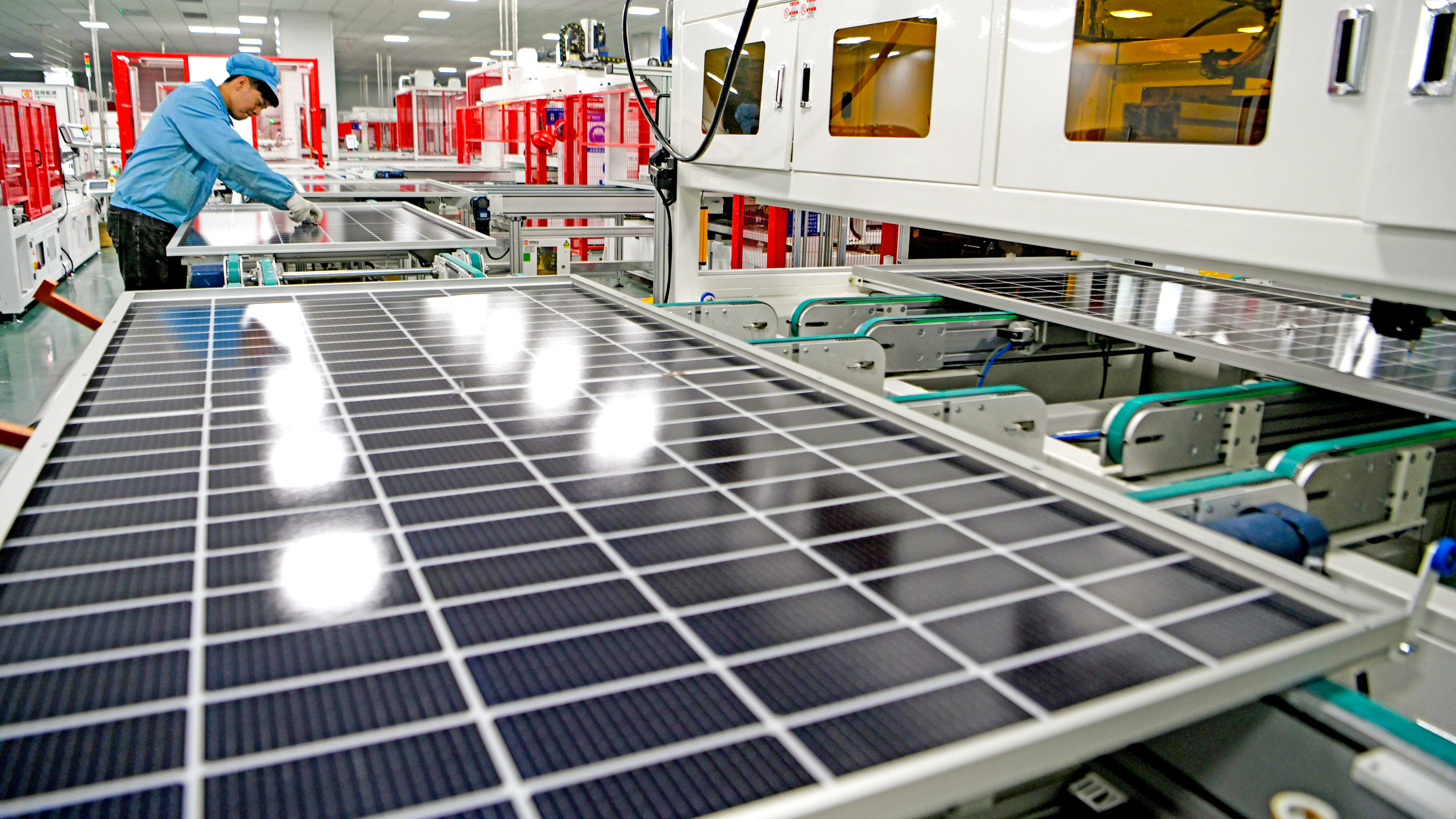The Greatest Guide To Commercial Solar Panels Virginia
The Greatest Guide To Commercial Solar Panels Virginia
Blog Article
Solar Panel Contractors Virginia: Lumina Solar Focuses On Providing Advanced Photovoltaic Solutions For Homes And Businesses
History and Establishing
Have you ever wondered how a photovoltaic panel business springs from a simple trigger of inspiration into a powerhouse of renewable resource? It frequently begins with a vision-- one fueled by a mix of innovation, decision, and a pinch of serendipity. The journey of many solar companies mirrors the evolution of the innovation itself: from bulky, ineffective panels to sleek, high-efficiency marvels utilizing the sun's bounty.
The Early Days
In the late 20th century, when solar energy was still a niche concept, pioneers planted seeds for what would end up being a global motion. Envision a little workshop filled with curious engineers, tirelessly exploring with solar batteries. Their passion was palpable, frequently driven by a desire to fight climate modification and lower reliance on fossil fuels.
One such anecdote is about a founder who, motivated by a camping journey, understood that even in remote locations, the sun might power vital gadgets. This basic observation triggered a company's objective to equalize access to tidy energy.
Founding Principles

- Innovation: Constantly pressing the boundaries of solar technology to improve efficiency and durability.
- Sustainability: Devoting to environmentally friendly manufacturing and lowering carbon footprints.
- Availability: Making renewable resource options inexpensive and useful for daily users.
Milestones in Growth
| Year | Key Event |
|---|---|
| 1985 | Company established in a little garage, concentrating on research study and development. |
| 1995 | First industrial solar panel product introduced, gaining regional attention. |
| 2005 | Broadened to international markets, accepting international renewable energy objectives. |
| 2015 | Introduced advanced solar panel technology with improved energy conversion. |
Isn't it remarkable how these incremental actions, often overlooked, shape the energy landscape today? The solar panel company story is not almost innovation; it has to do with a relentless quest for a brighter, cleaner future.

Developments in Photovoltaic Panel Technologies
Ever noticed how some photovoltaic panels gleam brighter and last longer? It's not magic; it's the science of photovoltaic effectiveness. Modern photovoltaic panel companies invest heavily in technologies like bifacial cells, which record sunshine from both sides, increasing energy harvest without broadening roof area. Have you ever questioned why some panels perform much better on cloudy days? That is because of advances in thin-film solar technology, which thrives under diffused light conditions.
Product Variations Customized to Special Requirements
One size never fits all. Photovoltaic panel providers now offer:
- Monocrystalline panels for maximum performance and sleek aesthetic appeals, ideal for space-constrained roofs.
- Polycrystalline panels, which offer an affordable alternative without compromising excessive output.
- Building-integrated photovoltaics (BIPV), combining solar tech seamlessly into architectural aspects like windows and exteriors.
Picking the best item isn't just about upfront cost; it has to do with matching your environment, energy goals, and long-term cost savings. For instance, homes shaded by trees require panels that stand out in low-light scenarios, something lots of neglect up until energy bills climb all of a sudden.
Technical Tips for Optimum Choice
- Assess the temperature coefficient-- lower worths suggest panels lose less performance on hot days.
- Try to find panels with boosted anti-reflective finishings to maximize light absorption.
- Consider the panel's guarantee not simply for problems, however for ensured power output over years.
- Do not undervalue the significance of the inverter technology coupled with the panels; it can make or break your system's efficiency.
Beyond Panels: Emerging Patterns
Imagine solar panels that change their angle immediately to go after the sun-- tracking systems are becoming more available, increasing yield considerably. Or solar tiles that mix invisibly into your roofline, changing your home into a quiet, self-dependent power generator. These innovations are reshaping what a solar panel company offers-- not simply items, but integrated energy solutions.
Market Presence and Global Operations
Ever wonder why some solar panel companies appear to sprout up in every corner of the world while others barely make a ripple? The difference lies not simply in innovation but in mastering the art of browsing diverse markets. Expanding worldwide resembles planting seeds in various environments-- you should comprehend each environment's unique conditions to prosper.
Take, website for example, the complex dance of logistics and supply chain management. Delivering panels midway throughout the world isn't just about distance; it's about timing, customizeds, tariffs, and adjusting to regional need variations. A business with robust international operations anticipates these variables, ensuring panels show up on schedule without pumping up expenses. This foresight is no small task and typically separates market leaders from followers.
Key Strategies for Expanding Market Presence
- Localized manufacturing: Developing production hubs near target audience lowers shipping delays and import intricacies.
- Strategic collaborations: Collaborating with local companies speeds up market penetration and develops trust.
- Adaptive item design: Customizing photovoltaic panel tech to weather, sun intensity, and infrastructure subtleties enhances efficiency and approval.
What about the human aspect? Photovoltaic panel companies running internationally need to reconcile cultural differences and regulative nuances without forgeting their core objective. For instance, what operate in a sun-drenched desert may falter in a damp seaside area. Sometimes, the most innovative option is just listening-- soaking up regional insights to improve innovation and method.
Professionals frequently encourage a phased rollout instead of a shotgun growth. Why risk overextension when measured development constructs sustainable momentum? Scaling sensibly implies balancing ambition with operational durability - Solar Panel Company. After all, in the race for sustainable energy supremacy, patience can be as important as speed
Ecological Effect and Sustainability Practices
When photovoltaic panels first emerged, lots of assumed they brought absolutely no ecological luggage. The reality is more nuanced. The production of solar batteries involves rare earth metals and energy-intensive procedures, which can leave a sizable carbon footprint before the panels even reach roofs. Yet, the real environmental cost depends greatly on the sustainability practices used by the photovoltaic panel business throughout the lifecycle of their products.
How typically do we pause to consider what happens to photovoltaic panels at the end of their useful life? Unlike batteries or electronic devices, photovoltaic panels can last 25-30 years, however disposal and recycling paths remain underdeveloped in lots of regions. A company dedicated to lowering ecological harm will have a robust plan for recycling photovoltaic materials, salvaging valuable silicon, glass, and metals to prevent land fill accumulation.
Key Sustainability Methods
- Using low-impact production techniques that decrease water and energy usage.
- Implementing closed-loop systems to recycle production waste back into new panels.
- Engaging in transparent supply chain audits to guarantee ethical sourcing of basic materials.
- Creating panels for much easier disassembly to assist future recycling efforts.
It deserves noting that some solar business have originated ingenious methods, such as incorporating naturally degradable elements or using less toxic chemicals during fabrication. This not only decreases environmental stress however also sets a precedent for the market. The question stays: can the solar market genuinely pivot towards a circular economy design without sacrificing effectiveness or affordability?
Expert Tips for Examining Sustainability
- Ask about the company's commitment to carbon-neutral production and whether they balance out emissions.
- Investigate if they partner with licensed recycling facilities dedicated to solar panel waste.
- Look for transparency reports detailing ecological impacts and sustainability goals.
- Consider the durability and guarantee of panels as an indirect step of resource effectiveness.
In the end, selecting solar power should imply more than simply slashing electrical energy expenses; it has to do with nurturing a future where energy is harvested properly and waste is attentively managed. Solar panel business that welcome this philosophy not just brighten homes however also cast a brighter light on sustainable development.
Report this page